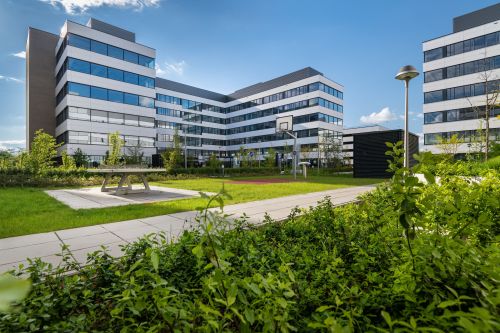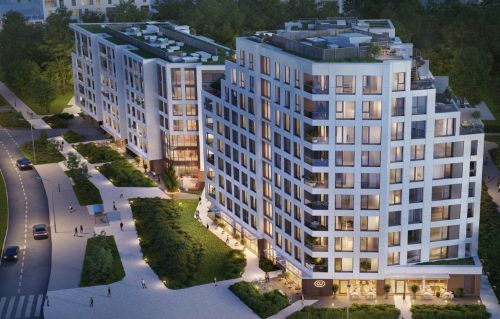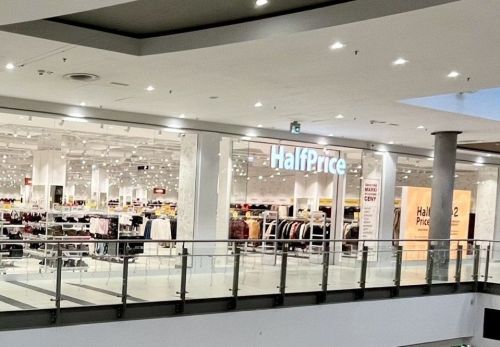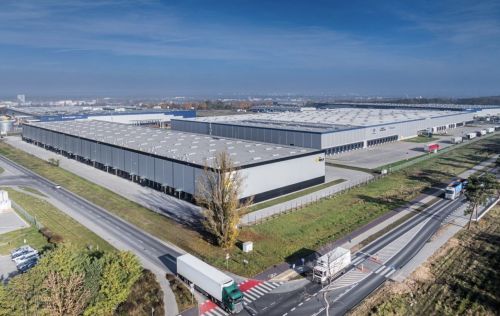‘Przyjazne Osiedle’ is a programme introduced by Poland’s ruling Law and Justice (PiS) party aimed at the extensive refurbishment of older, prefabricated residential buildings, which would involve renovating the façades and interiors of the blocks as well as the grounds surrounding them. However, the results of the country’s recent parliamentary elections have raised a huge question mark over whether many of the schemes initiated by the outgoing administration will be continued; but there can be little doubt that many of those who live in this type of housing in Poland would have a lot to gain from such a transformation. This project adheres to a series of EU regulations, many of which are aimed at achieving greater sustainability along with improving the quality of life of those who live in residential buildings.
It is estimated that around 7 mln people live in prefab housing in Poland and that the country has around 60,000 of such buildings. ‘Prz

























































